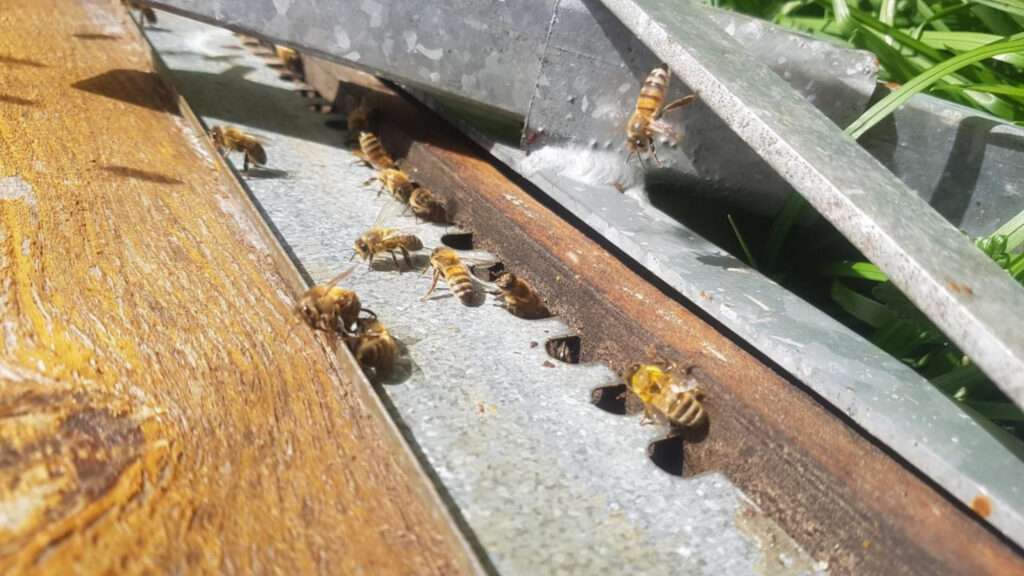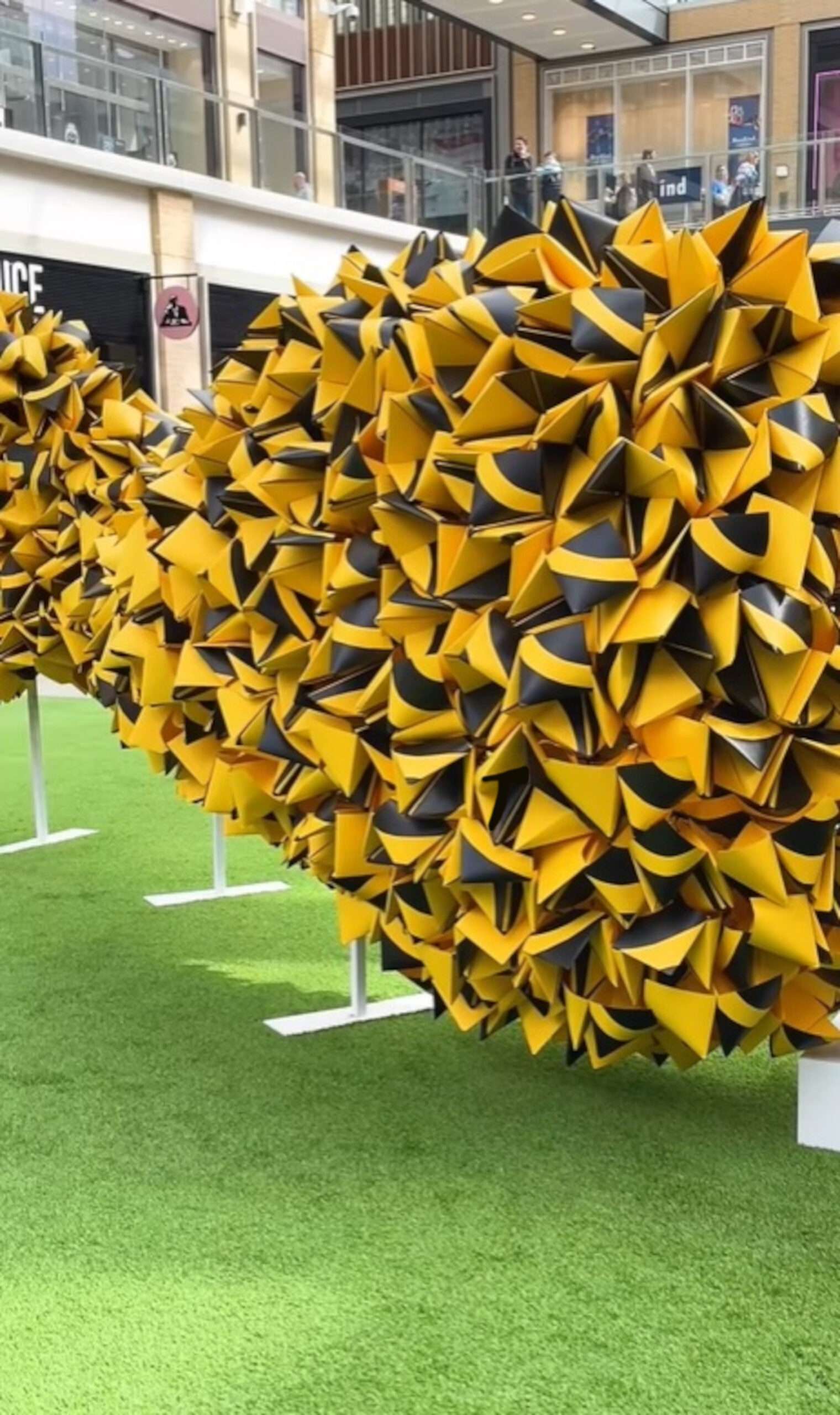Beekeepers in southwestern France have experienced a “crazy” period of acacia blooming this year.
Claire Liauzun, a former lab researcher who now focuses on apiculture in the small town of Le Cuing in the Haute-Garonne department, told NewsX of which the Bee News community is a part: “The acacias were magnificent very early this year.

“However, it rained a lot in May, so the bees were not able to gather as expected.”
She said: “We are not an acacia region. The large acacia forests are mostly found in the Landes department or the Grand Est.”
Claire, who manages 180 hives together with her husband Mario Pauwels, emphasised: “I have never seen so many in flower since I started beekeeping. It was really crazy, all the beekeepers around us were happy.”
She admitted: “Harvesting honey is more complicated than we thought. It is not simply the case that you get lots of honey whenever there are lots of flowers.
Claire explained: “If the weather is bad, you probably won’t get the amount of honey you expected. It really depends on several factors.”
Asked to summarise her beekeeping activities of 2023 in one word, Claire nevertheless said: “Great!”
But speaking to NewsX, Claire also highlighted that honeybee colonies were in constant peril.
Claire warned: “The Varroa mite is definitely the biggest menace. Without it, bees could better adapt and resist the increasingly threatening environment.”

She added: “This does not mean that human industrial activities and pesticides should not be restricted.”
The Varroa destructor is a mite which reproduces by attaching to the bodies of the pollinators. It spreads different diseases and viruses.
Apart from the astonishing blooming of acacia, Claire has also been intrigued by cherry and plum trees this year.
She said: “There was less hawthorn but dandelion never disappoints. Dandelions probably represent 80 per cent of our springtime honey.
“In addition, the weather was mild and very humid all spring, which provided all the conditions for making a lot of honey.
“Temperatures of around 20 degrees, humid even with light rain and a little stormy pose perfect conditions for acacia. Every long-time beekeeper will confirm this.”
Claire, who plans to attend advanced apiculture lectures next year, concluded: “With just four years of experience, we are happy. With a total of 180 hives, we manage to produce slightly more than six tonnes per year. It is very good. You shouldn’t ask the bees for too much.”













